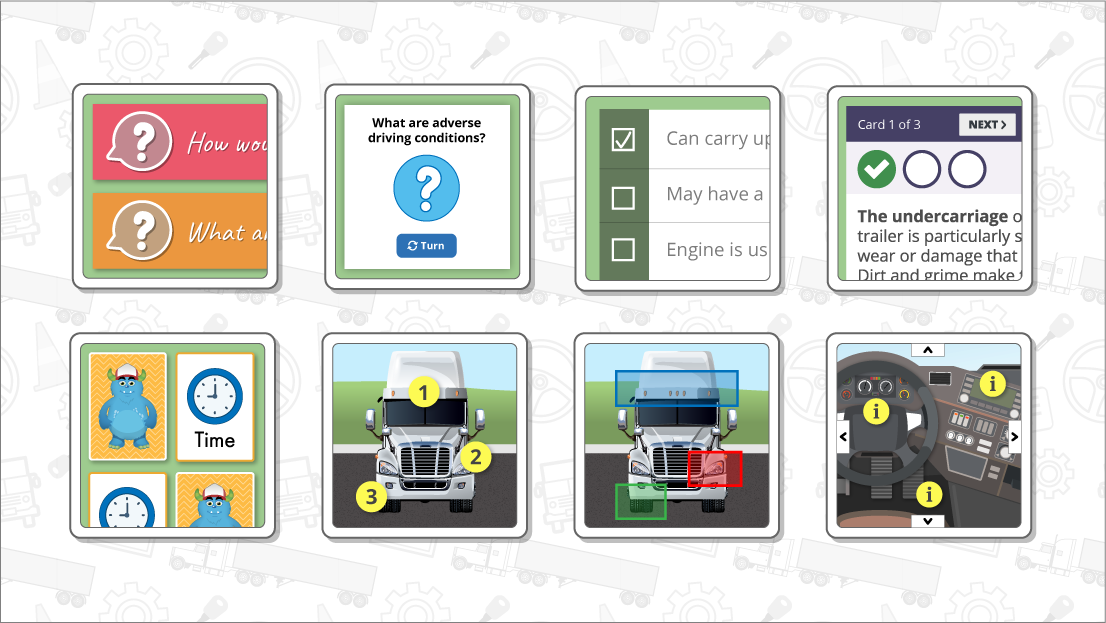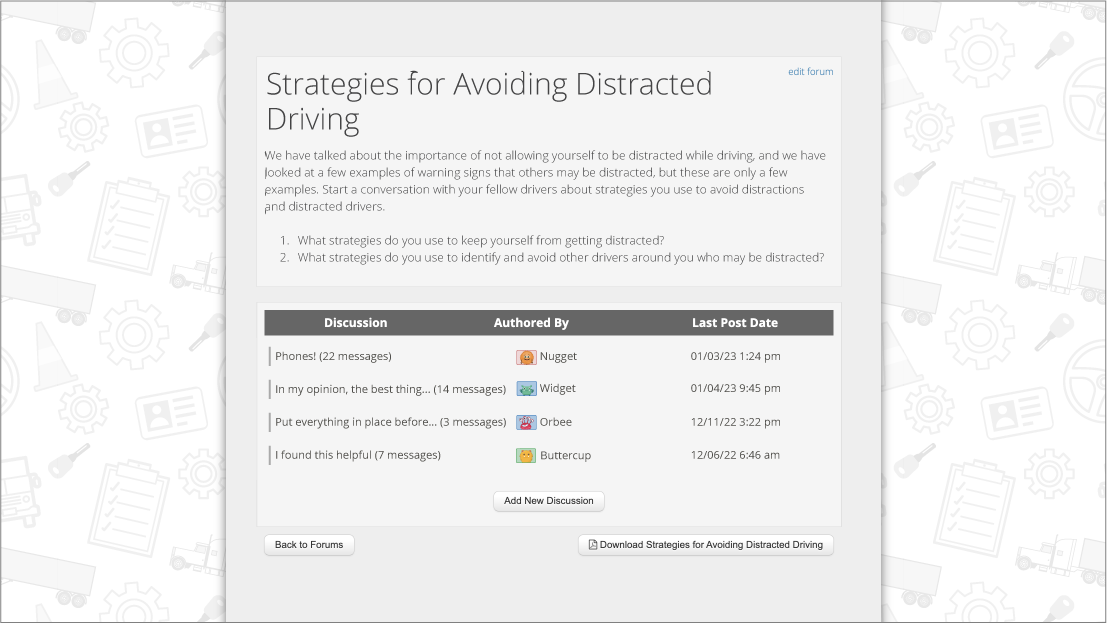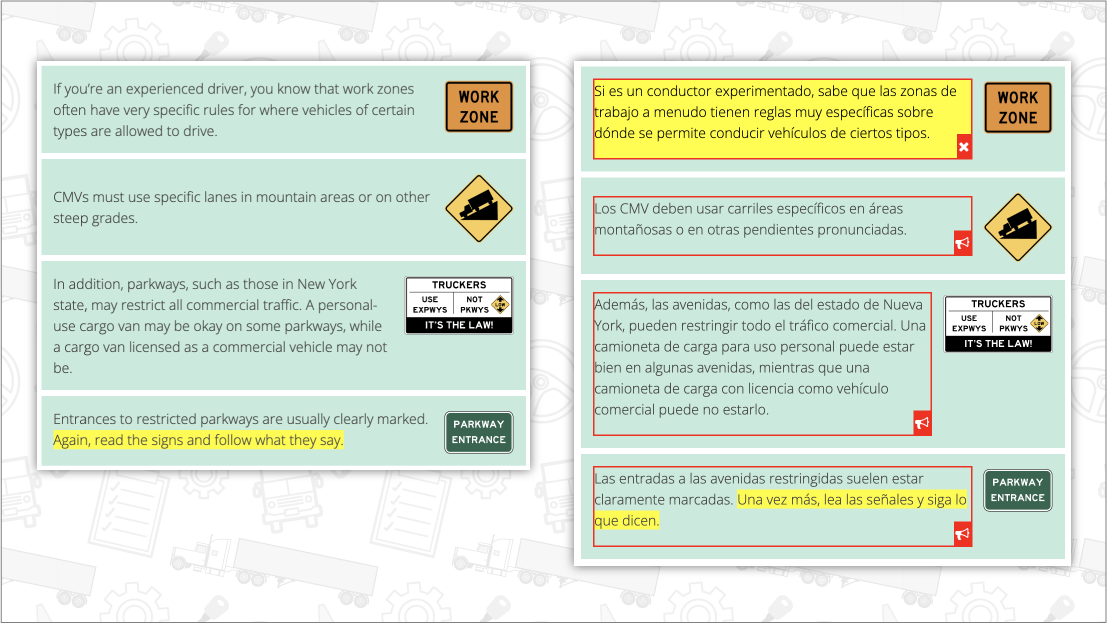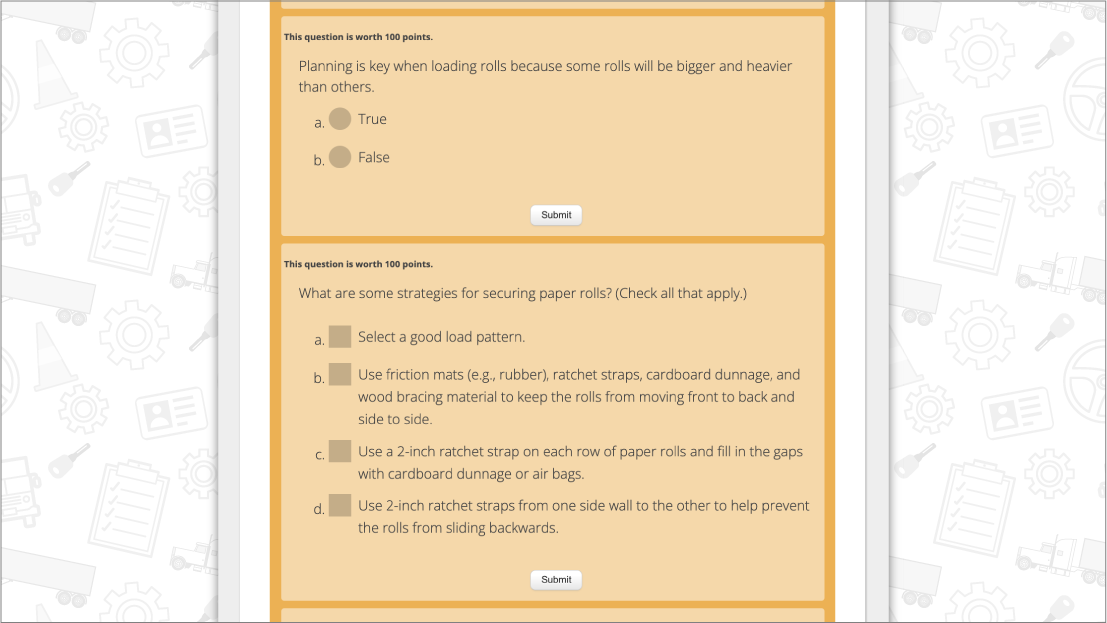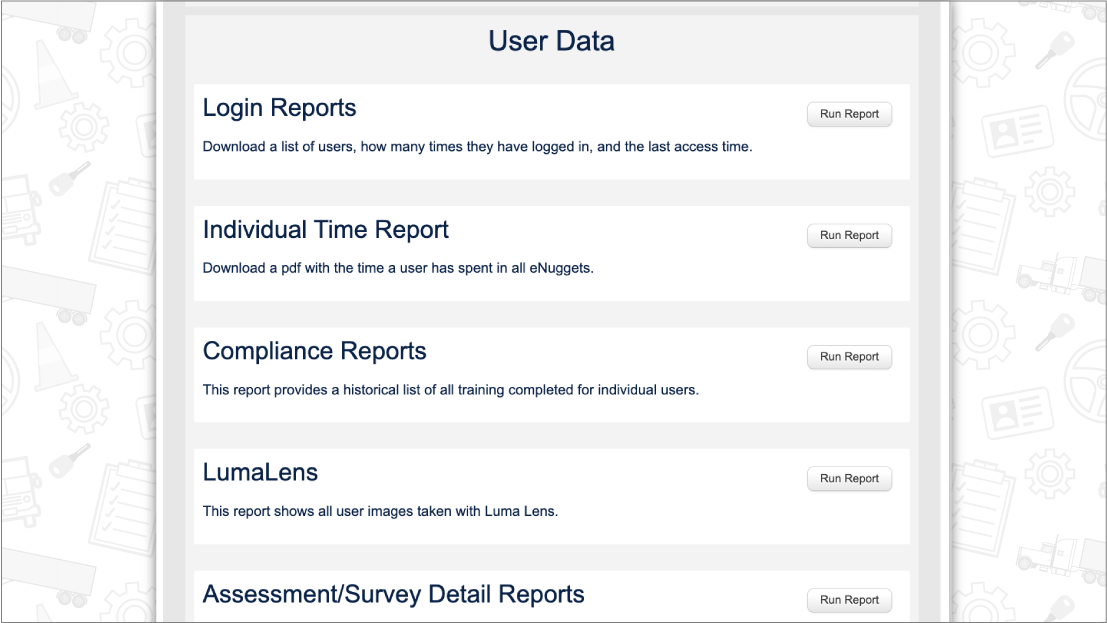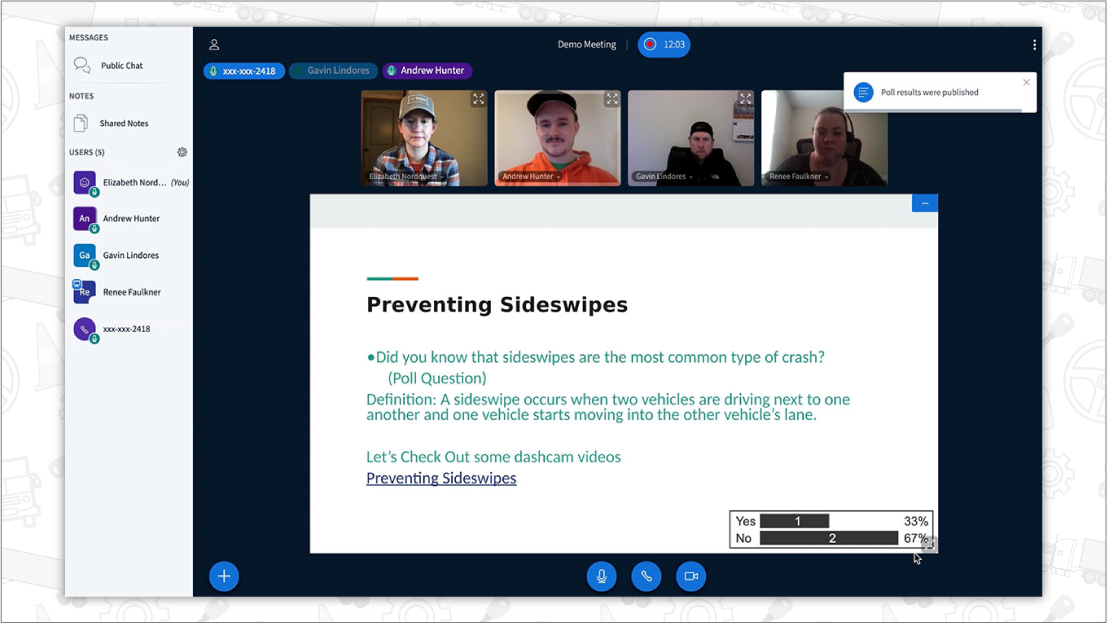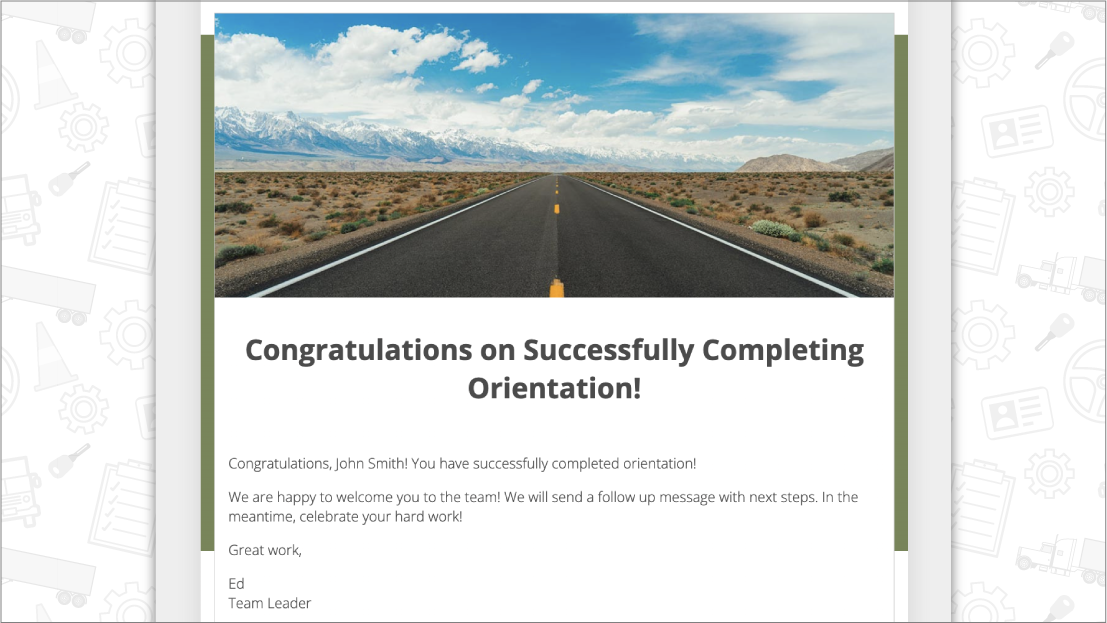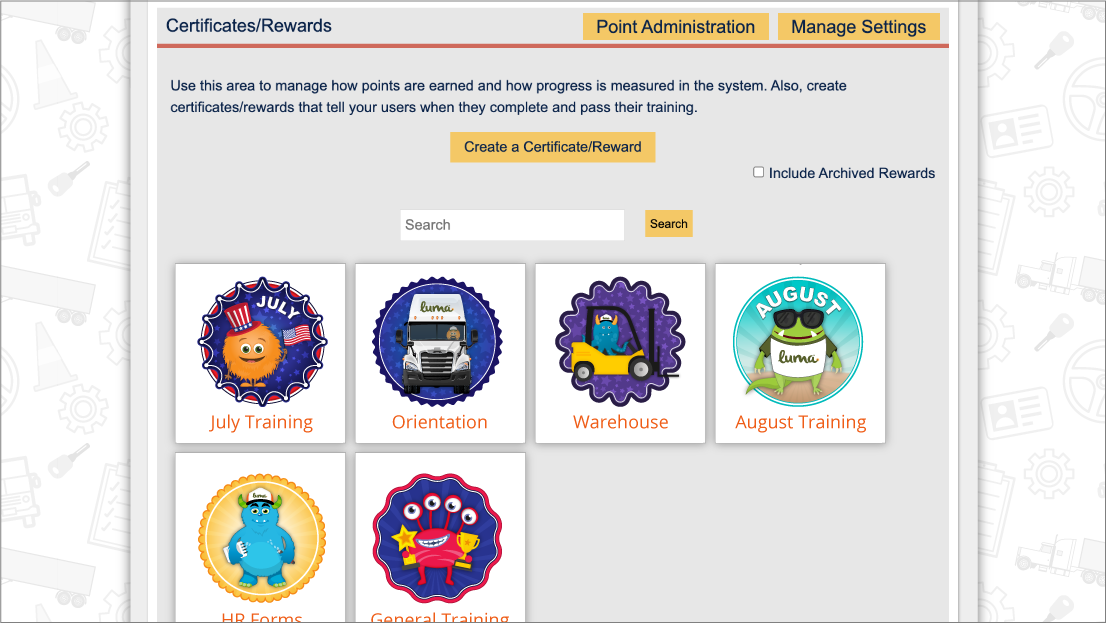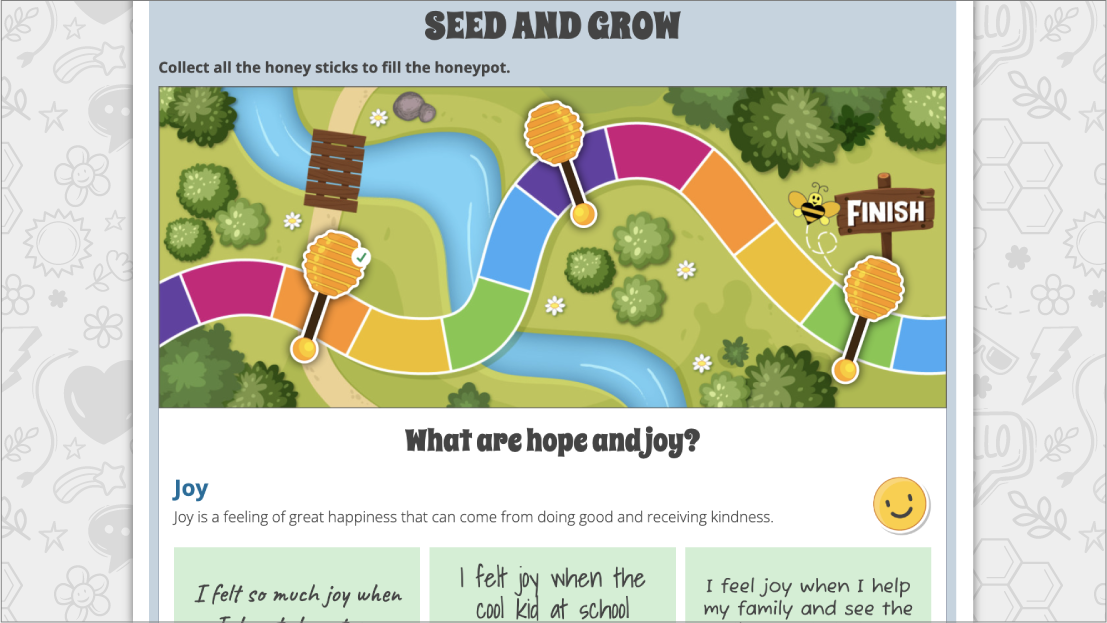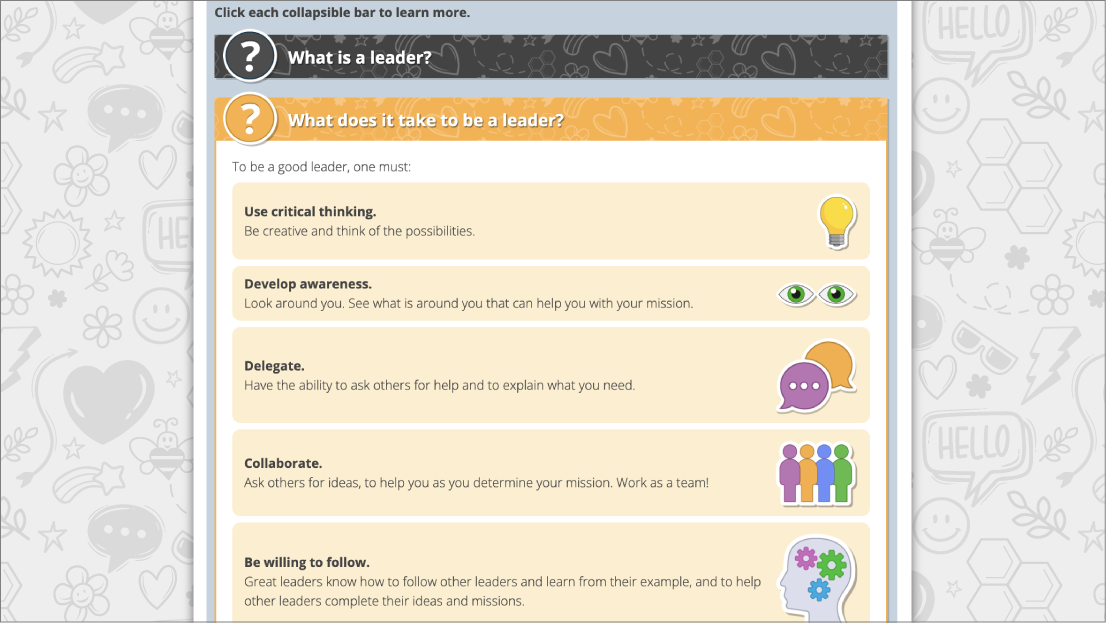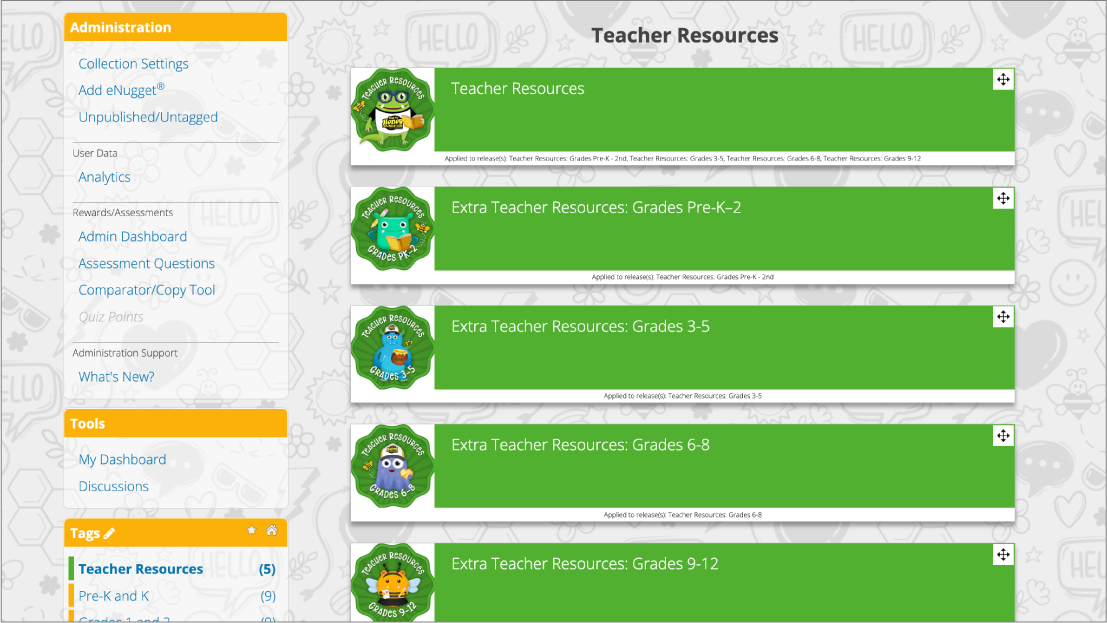
Luma Connection #33: Facilitating Breakout Room Discussions
Collaboration and connection are important for our social-emotional well-being. Importantly, Luma has conducted research and published the benefits for creating learning communities remotely. This year, Luma will provide specific strategies you can implement to connect learners remotely. We are calling these strategies our Luma Connections.
Teaching Tool: LumaLive®
 This is Luma’s synchronous or same time meeting tool. This online tool allows learners to interact with each other to explore a topic and to discuss key concepts, share experiences, interact with each other, and to ask questions in real time. Interactions are in real-time and can be mentor-learner, learner-to-content, learner-to-self, and learner-to-learner.
This is Luma’s synchronous or same time meeting tool. This online tool allows learners to interact with each other to explore a topic and to discuss key concepts, share experiences, interact with each other, and to ask questions in real time. Interactions are in real-time and can be mentor-learner, learner-to-content, learner-to-self, and learner-to-learner.
 Tip:
Tip:Facilitating Breakout Room Discussions
Breakout rooms are a virtual way to facilitate online discussions and follow many of the same best practices as traditional small group discussions. The core philosophy remains the same – create structure so discussions are productive.
 Establish Expectations. Communicate clear expectations for how participants should engage in breakout room discussions. Create between 3-5 easy to remember norms.
Establish Expectations. Communicate clear expectations for how participants should engage in breakout room discussions. Create between 3-5 easy to remember norms. Prepare Learners for the Discussion. Make sure to clearly explain the “why”, “what,” and “how,” of the discussion. Provide learners with the topic or discussion questions in advance and give them time to think about their response(s).
Prepare Learners for the Discussion. Make sure to clearly explain the “why”, “what,” and “how,” of the discussion. Provide learners with the topic or discussion questions in advance and give them time to think about their response(s). Establish Structure. Communicate and demonstrate a structure for sharing such as each person shares for 30 seconds. Instruct groups to delegate accountability roles including time keeper, presenter, recorder, and facilitator.
Establish Structure. Communicate and demonstrate a structure for sharing such as each person shares for 30 seconds. Instruct groups to delegate accountability roles including time keeper, presenter, recorder, and facilitator. Limit group size. Aim for creating groups between 2 – 4. Personal accountability shrinks when group size increases.
Limit group size. Aim for creating groups between 2 – 4. Personal accountability shrinks when group size increases. Set the Time. Make sure to set an appropriate time for the discussion and clearly communicate it. Use the breakout room timer. Be willing to adjust the time as needed and within the bounds of time constraints.
Set the Time. Make sure to set an appropriate time for the discussion and clearly communicate it. Use the breakout room timer. Be willing to adjust the time as needed and within the bounds of time constraints. Engage in the conversation. Make sure to visit each breakout room to observe, answer questions, and ask “why” questions to deepen conversations. Plan in advance how long to spend in each breakout room so each one can be visited.
Engage in the conversation. Make sure to visit each breakout room to observe, answer questions, and ask “why” questions to deepen conversations. Plan in advance how long to spend in each breakout room so each one can be visited. Be responsive. Be willing to pivot based on observations made while visiting breakout rooms such as adjusting the topic or questions or converting to a whole class discussion.
Be responsive. Be willing to pivot based on observations made while visiting breakout rooms such as adjusting the topic or questions or converting to a whole class discussion.

 Luma® is an instructional design and learning company that can help you connect learners remotely while creating powerful learning communities. Give us a call at (574) 807-8148 ext 5 or email
Luma® is an instructional design and learning company that can help you connect learners remotely while creating powerful learning communities. Give us a call at (574) 807-8148 ext 5 or email 